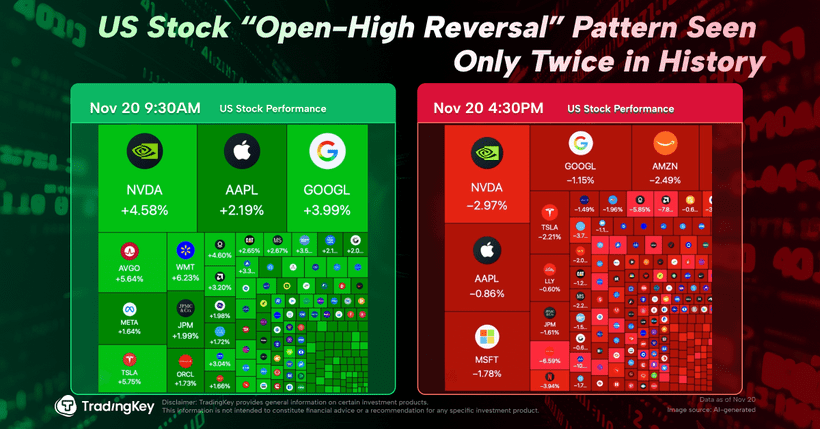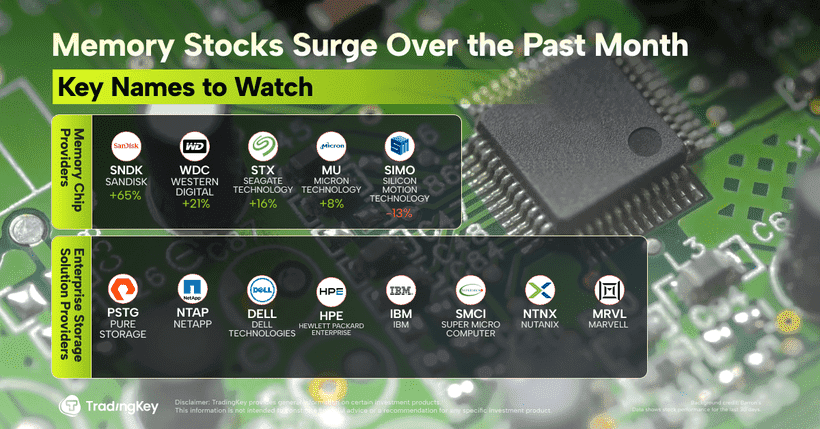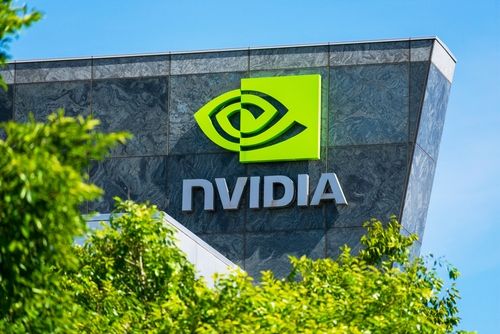Figma (FIG): Beyond the Hype and the Flashy News Articles



%20(1).jpg)
Source: TradingView
Investment Thesis
TradingKey - There are certain aspects of Figma (FIG) that demonstrate the solid foundation they have – deep penetration of Fortune 500 clients, record-high gross margins, and still early stage of monetization. However, the competitive landscape is quite hard to predict with big incumbents, emerging peers and big AI-scalers. We expect more stock volatility in the coming months once the quarterly earnings start to get released.
What Exactly Does Figma Do?
Figma is a design software that provides a number of tools, used primarily for creating user interface (UI) and product development in general. The main product categories for Figma are:
Figma Design and FigJam: These are the original products of Figma. Something like Google Docs, but for designers. It enables multiple designers to simultaneously be working on a project. These tools solve the issues with synchronization, communication and alignment during the product creation cycle.
Developer Tools: DevMode is a tool that basically introduces developers in the product creation cycle; by creating a smoother cooperation between them and designers, this tool bridges the gap between teams that have completely different ways of work and understanding about the product.
Expanding Products: As Figma is growing, their goal is not to just focus on product creation but own the entire value chain by aiding with presentation, marketing and web-site building.
.jpg)
Source: Company website
What makes Figma special is the web-native nature of the platform, opposed to the already established desktop-based incumbent product management tools. Also, the collaborative nature of Figma, allowing multiple users at once, opens up the product flow to various teams within the organization. Currently, 67% of the 13 million users (both free and paid) are not designers.
Overall, the product creation has always been a process that involved various parties with different goals and different ideas. This creates a lot of inefficiencies, and the main goal of Figma is to solve these problems by providing a one-stop solution.
Further to this, unlike other software that solves various problems, Figma solves the issues related to product and product is the most essential part of every company, as this is the connecting point between the company and the customer.
Financial Highlights
The business model of Figma is rather typical for SaaS, with a basic free-of-charge plan and more sophisticated paid tiers that provide more functions. Figma charges per user (seat).
Currently, the management reports just one business segment, however, the geographical revenues are disclosed, and US represents 47% of the total sales.
.jpg)
Source: Figma Prospectus
.jpg)
Source: Figma Prospectus
Figma top-line growth currently stands at above 40% driven by both customer acquisition and ability to increase prices.
In terms of profitability, Figma gross margins are to be envy of, with 90-92% GPM, unseen even for the top tech firms out there (Adobe 10-year average gross margin is around 87%). This demonstrates how scalable the business model is. Income from operations is just 17% of the revenue in 2025Q1 but this is normal due to the required R&D and marketing spending, typical for a company at this stage of growth.
Another strong point for Figma is the healthy balance sheet – $1.5 billion of cash and marketable securities with zero interest-bearing debt.
However, the financials here are not sufficient to paint an accurate picture of how Figma will look in the future, thus we have to examine the potential within the markets they operate in.
Understanding the Industry and the Growth Potential
.jpg)
Source: Figma Prospectus
There are few factors that set Figma for growth:
Penetration: 95% of the Fortune 500 companies are currently using Figma – an impressive amount demonstrating the level of quality of the company’s tools. However, as of the 450,000 paid customers, just 11,000 spend more than $10,000 per year and only 1,000 spending above $100,000 – showing low degree of monetization.
The company discloses a net dollar retention rate of 132%, which means that a legacy customer, on average, spends 32% more compared with last year. For reference, Palantir net dollar retention rate is 125%. It appears that the future growth in revenue will come mostly from the larger enterprises that are willing to pay while Figma gradually up-sells its own products. But, as they gradually up-sell, they will go head-to-head with the competition.
Another strategy of Figma worth mentioning is they actively promote themselves in the education sphere. By providing special free education plans they onboard young designers in their early stage of development, creating a habit that can easily be transferred from the design school to their workplace with a paid plan.
So, What’s the Competition Like?
Intense competition in SaaS is not something unheard of, and Figma, as growing and expanding into new products and tools, will face plenty of it. There are three types of competitors:
The large incumbents (low threat): Companies like Microsoft or Adobe are much larger and their core area is rather different from Figma itself. However, they do provide products that may overlap with Figma’s tools. On one hand, these companies have vast amounts of resources and client networks, but on the other hand, their focus is often diluted among many services and business lines. Big companies have legacy products that serve as cash cows but the subsequent products they release are often sub-optimal, but big companies tend to bundle them all together, making it easier for clients to adopt them. We believe companies that are serious about their product design are willing to pay more for Figma tools as that can help them streamline the process in something as important as product development.
Emerging competitors (high threat): Companies like Canva and Miro probably have the closest business models to Figma, as they all are trying to build similar ecosystem across the production cycle and all of them are cloud-based and collaborative. These two companies also have solid penetration within corporations and Canva has already achieved $3 billion ARR.
The main challenge here for Figma is to not only outcompete them in terms of quality of their tools, but also to preserve the brand share they have accumulated over the years.
AI-scalers (high threat): Meta has already made big progress in terms of generative AI for marketing purposes, and these can clash directly with the efforts of Figma to provide tools related to marketing and content creation.
Overall, we cannot underestimate Figma’s advantages but with such complex competitive environment coming from various backgrounds it would be too optimistic to see it as a market dominant player, which reflects in our scenario analysis (“bullish” assumes at most 50% market share in the future).
.jpg)
Is Figma Overvalued?
In order to value FIG, we have to make an estimate about its total addressable market (TAM). This is not a simple exercise, but a rough idea of the market Figma operates, is a good initial step:
We sum up the market size of the main markets Figma operates in and came up with a total of $25 billion TAM as of 2024.
.jpg)
Source: Various Industry Reports
Bellow we created three scenarios based on the growth of TAM, the capture of market share, the margins and the multiple:
.jpg)
Source: TradingKey
The bear scenario with just $23 billion market cap appears to be overly bearish, as Figma was valued at $20 billion in 2022 when the broad tech industry was at its low amid high interest rates and inflation, thus we do not think Figma can hit this bottom unless they make some major strategic mistakes.
As the company IPO-ed two weeks ago, the price is still quite volatile. Further price drop may be behind the corner, as the company is starting to report its quarterly earnings. The management has already warned about margin compression due to more expenses on R&D and on-site sales teams.
Risks
Competition will remain the biggest risk here, as Figma will be clashing with other players (both small and large) on almost all fronts (design, marketing, web-building). What Figma has to do is to maintain very high quality of their future products so it can improve the overall stickiness of the whole Figma platform. If they fail to achieve this, users may switch to other alternatives.
Another potential risk is underinvesting in AI. Even though Figma has AI-powered tools like Figma Make and Figma AI, not much attention was given to the disruptive potential of AI within the company’s prospectus. Currently, it is hard to predict the trajectory of AI distribution within the design/product field, but the quality of the generative AI tools is becoming more sophisticated, and this can be noticed very easily.
The issue with AI is it can also be a two-edged sword. On one hand, AI functions can boost the design and product process and open it up to a wider audience, but on the other hand AI can commoditize the whole idea of design, removing the creative part of it.
.png)







